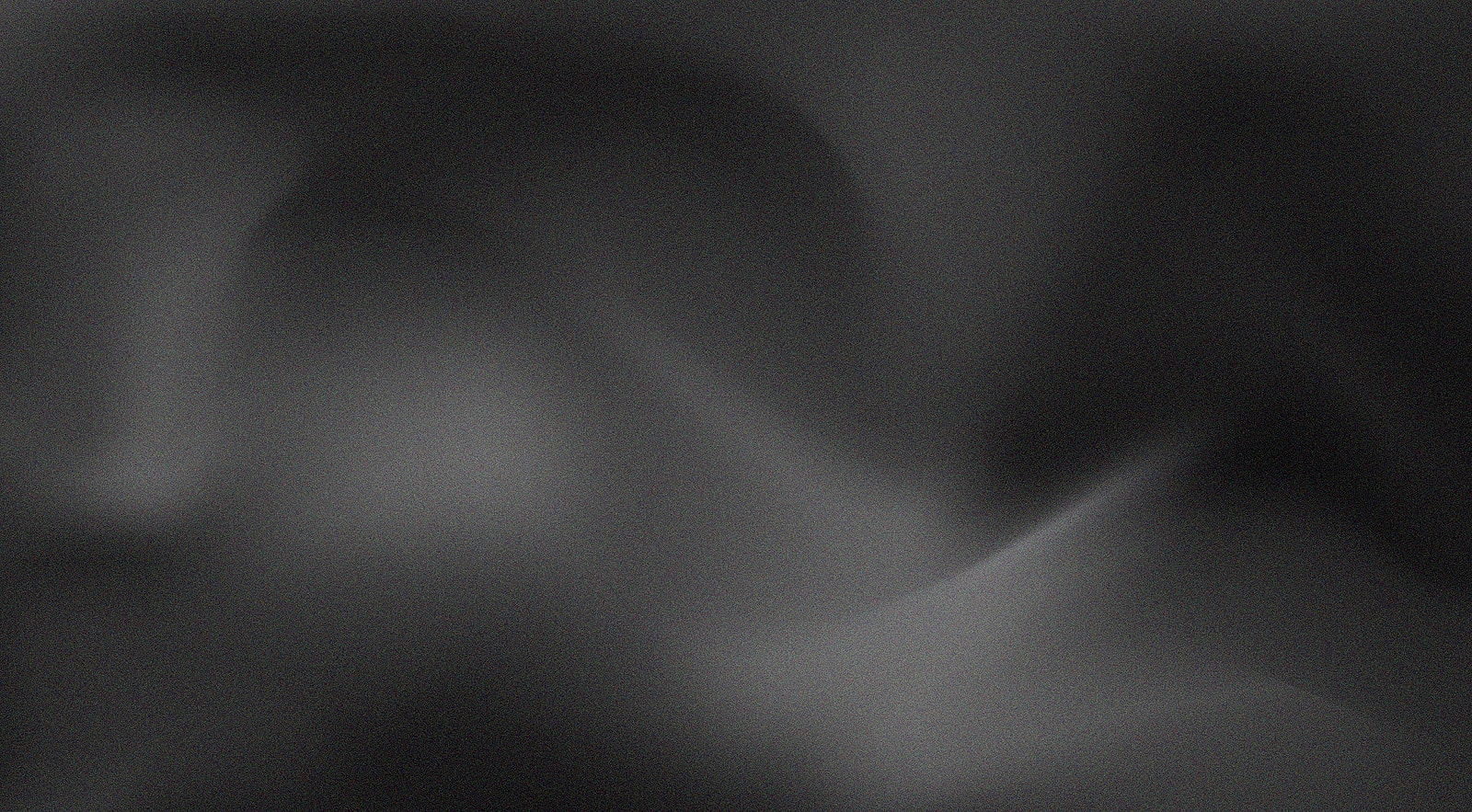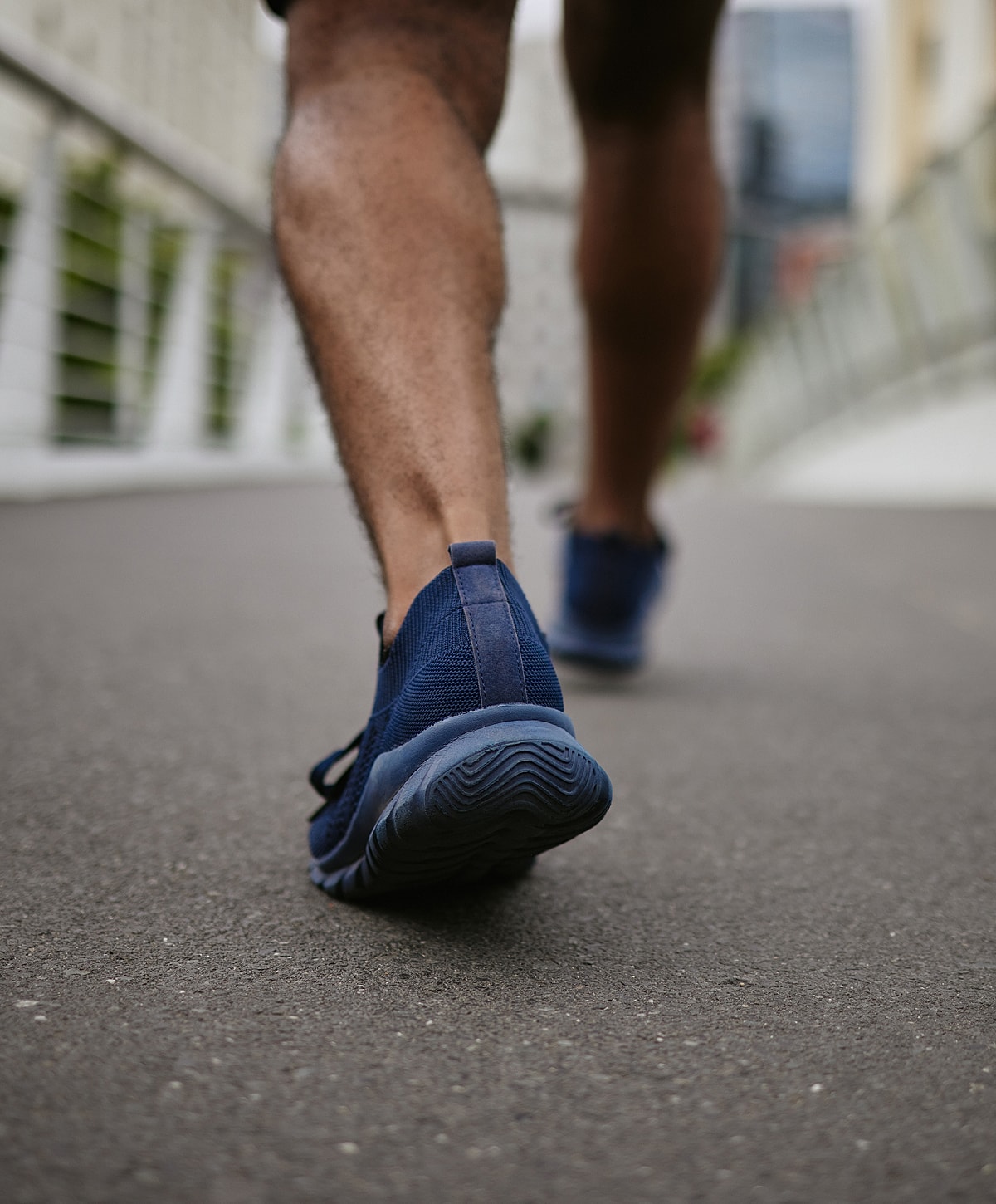
Achilles Tendinitis



The Achilles tendon is the largest tendon in the body, connecting the calf muscles to the heel bone and powering nearly every step you take. When the Achilles tendon becomes irritated, inflamed, or injured, the result is often sharp or lingering tendon pain that limits mobility. At New Orleans Podiatry Dr. Edward Lang offers same-day care for Achilles tendinitis, Achilles tendinosis, and related injuries—combining sports medicine expertise, regenerative therapies like amnio matrix injection therapy, minimally invasive surgery (MIS) procedures and Achilles tendon repair surgery to get you moving again while protecting against long-term tendon damage.
We diagnose Achilles tendinitis with same-day evaluation, imaging, and physical exam.
Nonsurgical treatments like shockwave therapy, and regenerative therapies before considering Achilles tendon surgery.
Minimally invasive options for insertional Achilles tendinitis and noninsertional Achilles tendinitis.
Treatments provide a lasting solution to inflammation, bone spurs, and tight calf muscles.
The Achilles tendon connects the calf muscles to the heel bone. Achilles tendinitis is the inflammation of the Achilles tendon, often where it attaches to the heel bone (insertional tendinitis). This condition occurs when the tendon is overloaded by repetitive stress, poor footwear, or sudden activity changes. This can lead to acute inflammation (including pain, stiffness, and swelling in the back of the heel), chronic Achilles tendinopathy, or degenerative Achilles tendinosis, with symptoms typically worsening with activity and improving with rest. Pain may occur near the Achilles tendon insertion (insertional Achilles tendinopathy) or higher up the tendon (non-insertional Achilles tendinopathy). Left untreated, it can progress to a ruptured tendon or complete Achilles tendon rupture. At New Orleans Podiatry, we treat both insertional Achilles and noninsertional Achilles cases, targeting the root cause to restore healthy, pain-free movement.

At New Orleans Podiatry, we accurately diagnose Achilles tendinitis or tendinosis so your treatment—whether regenerative therapy or surgical repair—matches the condition for the best results.
Achilles tendinitis refers to acute inflammation of the Achilles tendon, often triggered by overuse, sudden activity changes, or tight calf muscles. It typically causes swelling, warmth, and pain that improve with rest and early nonsurgical treatment.
Achilles tendinosis, on the other hand, is a chronic, degenerative condition where the tendon fibers break down over time without significant inflammation. This can lead to thickening, stiffness, and a higher risk of Achilles tendon rupture if left untreated.

Treatment begins with nonsurgical options and anti-inflammatory care, such as nonsteroidal anti-inflammatory drugs. Regenerative solutions—including extracorporeal shockwave therapy, platelet-rich plasma, and amnio-matrix injections—can help repair injured tissue and remove unhealthy tissue without surgery.
For severe or recalcitrant Achilles tendinopathy, surgery may be needed to remove bone spurs and repair tendon damage. When an abnormally tight Achilles tendon is present, physical therapy is our first-line treatment; a tendon release is considered only as a last resort.
Our concierge care model handles all imaging, authorizations, and scheduling so you can begin treatment without delay.
Achilles Tendinitis Treatment Options
Achilles tendonitis can show up in different ways depending on where and how the tendon is injured. Some cases are mild and respond quickly to rest and anti-inflammatory medications, while others become chronic or involve partial tears that require more advanced care. At New Orleans Podiatry, we identify exactly which type you have so your treatment is precise and effective. Common conditions we treat include:
Effective Achilles tendonitis care at New Orleans Podiatry is about more than pain relief—it’s about restoring tendon integrity, improving calf muscle function, and preventing further injury. Our approach delivers:
Reduced pain and swelling
Restored ankle strength and calf muscle flexibility
Lower risk of Achilles tendon rupture
Quicker recovery from Achilles tendinitis surgery or nonsurgical treatments
Ongoing prevention through rehabilitation exercises and patient education
You may be a candidate if you experience pain, swelling, or stiffness in the back of your ankle that worsens with activity. Athletes, active individuals, and those who have recently increased activity levels are particularly at risk. Severe cases may require surgical consultation, which Dr. Lang can provide without referral delays.

Recovery time varies depending on the severity of the condition and the treatment approach. Non-surgical care often allows patients to remain active with modified exercise. Regenerative therapies typically require minimal downtime, while surgical recovery may take several weeks with guided rehabilitation. NOPA’s concierge care ensures that you have direct access to your care team throughout recovery for faster, safer healing.
Many patients feel better within weeks. Full restoration from tendon damage or Achilles tendon surgery may take several months, but results are long-lasting when paired with ongoing maintenance, stretching exercises, and proper footwear to prevent Achilles tendinitis from recurring.

With over three decades of surgical and sports medicine experience, Dr. Lang has successfully treated thousands of Achilles tendon injuries. He combines leading-edge regenerative medicine with time-tested surgical techniques to deliver excellent outcomes. At New Orleans Podiatry, you’ll receive same-day access, direct communication with your doctor, and a fully customized treatment plan—backed by the most experienced podiatric surgeon in New Orleans.
Most cases are caused by overuse, sudden increases in activity, tight calf muscles, or improper footwear.
Mild cases can improve with rest and stretching, but ongoing symptoms should be evaluated to prevent tendon rupture.
No. Most patients improve with conservative care, but surgery may be necessary for chronic or severe tendon damage.
Maintain calf flexibility, wear supportive footwear, and gradually increase activity levels to avoid overloading the tendon.
Many patients feel relief within weeks, but full healing may take several months, depending on the severity and treatment type.